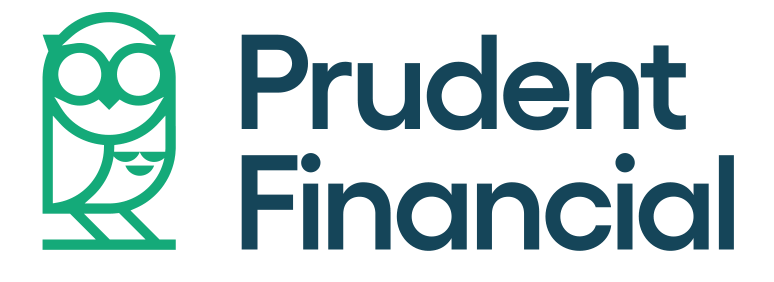
Do you have financial goals? If you’re like the majority of Canadians, we’re guessing yes! But often the challenge with goals isn’t making them – it’s finding a way to execute them and stick with them when life gets in the way.

We recently came across this great article from Squawkfox called “Money Goals: How to Set Financial Goals That Slay.”
The author, Kerry K. Taylor, paid off her $17,000 student loan with, in her words, “an actionable plan with achievable steps set to a timeline.”
Kerry continues to say, “Paying down my student debt had everything to do with setting the goal (slay my student loan), having the motivation to follow the debt reduction plan with actionable steps, and knowing the end was near ‘cause I wrote “STUDENT DEBT FREE DAY” on my calendar. Boom.”
We couldn’t agree more with Kerry. The journey to financial success starts with one step: a goal. Be it a short-term or long-term goal, a personal finance or business goal, and more it’s important to get clear on what you want to achieve.
No matter what your financial situation is, goal planning can help. Here’s how to hack the process to create actionable goals that achieve results.
1. Use SMART Goals
We’ve written about the power of SMART goal setting before.
Essentially, a SMART goal is S – specific, M – measurable, A – attainable, R – realistic, and T – timely.
Here’s an example from Kerry:
GOOD: I’d like to get rid of my credit card debt.
BETTER I’d like to pay off my $3,000 credit card this year.
BEST: I will pay off my $3,000 credit card balance by May 15, 2019.
Try it for yourself! Think of what you’d like to achieve for your finances and ask how you can make it action-oriented and set a realistic deadline.
2. Take the Planning a Step Further
The “R” in SMART goal planning shouldn’t be ignored. It’s really easy to say, “I want to pay off $5,000 of credit card debt by December 31, 2019,” but then there is actual reality of doing that.
To pay off your debt (or achieve your other goal) what steps do you actually need to take to get there?
For instance, in the Step 1 example of paying off $3,000 in credit card debt by May 15, 2019, if you started on March 15, 2019, that would mean you’d have to pay $1,500 per month – likely not realistic.
If you expand that timeframe, you might pay off the $3,000 by August 15, 2019, which would be a payment of $600 per month.
And then there is the nitty gritty of how you might save that $600. Assuming you are already maximizing your budget, you would need to trim back somewhere – or make more money.
3. Make a Budget
In order to achieve any financial goal, a budget is helpful. You’ll want to know how much money you have to work with and where you are currently spending your funds. This will help you decide where to cut back, or even if you need to make more money to cover your basic expenses.
It can also help you set a realistic timeframe for your goal.
As Kerry writes on her blog, “Whether you’re saving for a home down payment or aiming to reduce debt, don’t get discouraged if slaying your goals takes a bit longer to achieve than you hoped — having some money banked with a realistic timeline is going to feel amazing.”
4. Focus on Your Mindset
The part of financial goal planning that’s rarely discussed is something more internal – your mindset.
We’ve all been there where we decided to set a goal, say eating healthier, and two days later found ourselves back to our old habits. It happens! But if you want this time to be different, you need to think differently.
For one, make the process as simple as possible – automatic even. If you need to save $600 per month, create a savings account that takes money out of your chequing account automatically, for instance. You might set up an automatic withdrawal of $300 per paycheque.
You can even open up a separate bank account for each of your financial goals. If you want to save more for retirement, for instance, you might open up a savings account and call it “Retirement.” And then set up automatic transfers for each account.
5. Track Your Progress!
Some goals take longer than others. Keep yourself motivated by tracking your progress every month in some place visible.
If you are paying off $3,000 in debt by August 15, 2019, create a chart and post it on the wall near your front door so you see it every time you go out. Track every time you make a deposit (including automatic ones) so you can see your progress advancing.
You’ll soon see how even little actions add up in the long run!
At Prudent Financial, we can help you achieve your financial goals even more quickly. We can assist with creating a budget, making actionable plans, consolidating debt, and more.
Contact us today to get started. Call 1-888-852-7647 or visit www.prudentfinancial.net for a free consultation.
